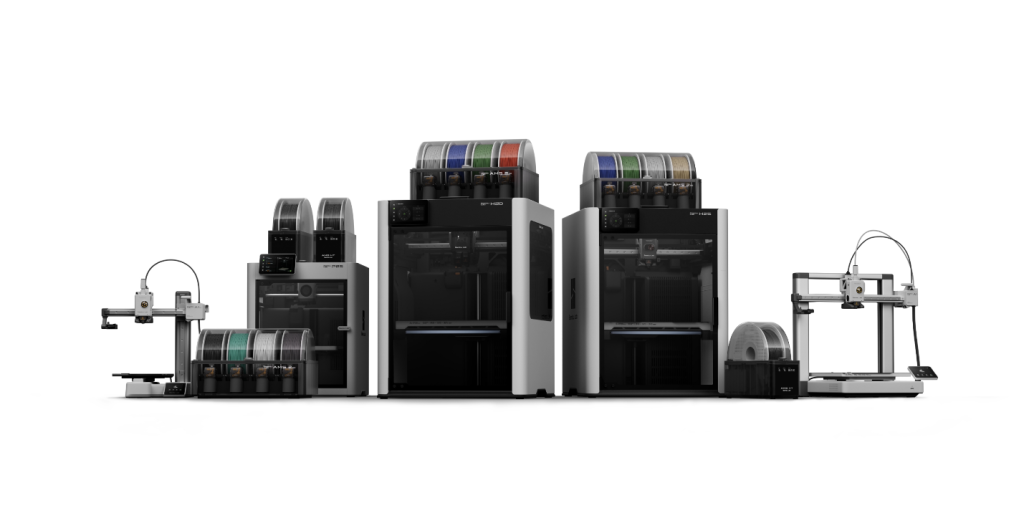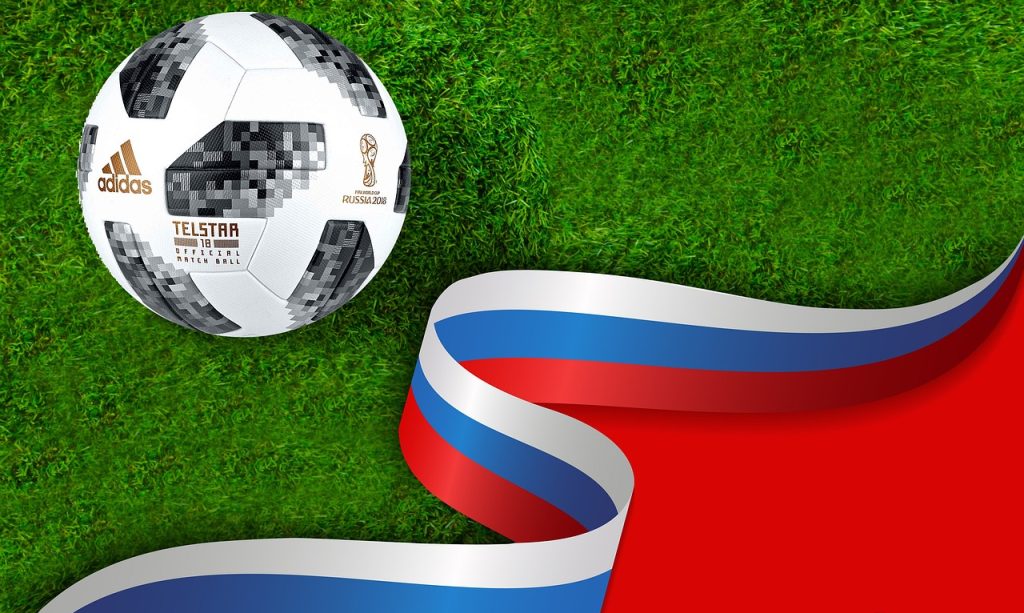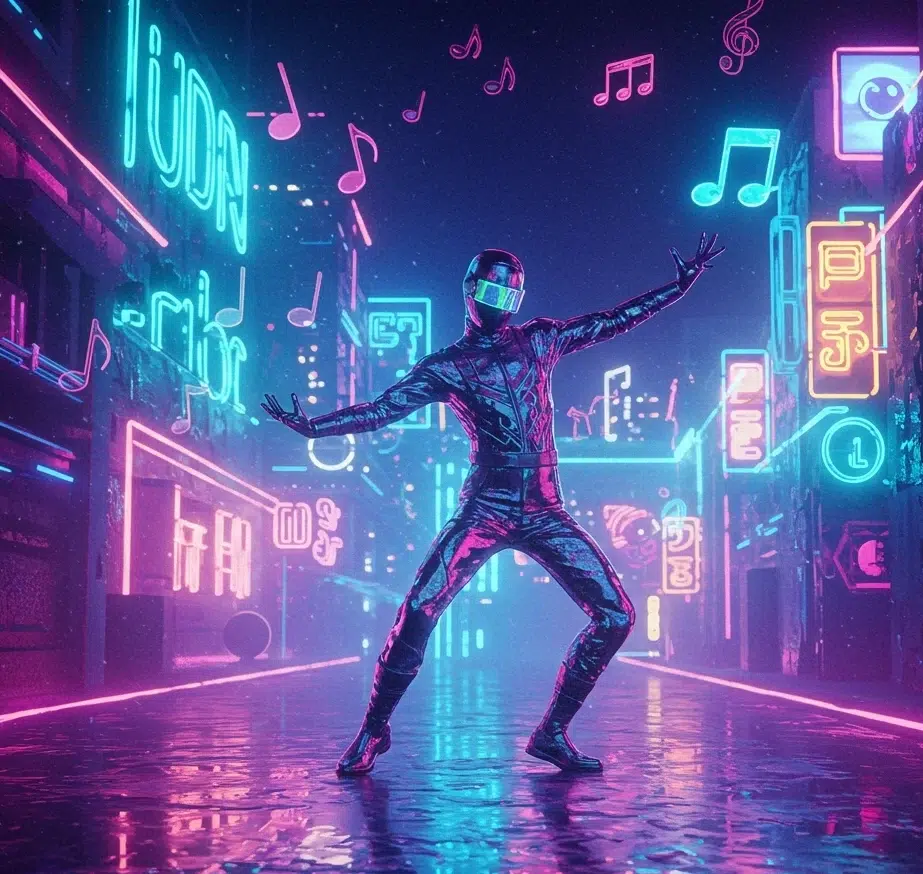He hears it first in the hi-hats — nervous, glittering, a little too confident for their own good. Then the chorus arrives like a sugar rush, padded by plastic-bright synths and a bass that bounces rather than broods. Twenty years on, the Y2K sound has returned not as a costume but as a toolkit: a way to be playful in a culture that forgot how. In studios and bedrooms alike, producers treat those textures the way chefs treat pantry staples — familiar, fast, and surprisingly flexible.
On his notes app, he keeps a folder of working titles for reference playlists. One of them carries a deliberately odd label — lucky fish sports betting — because it helps him remember a very specific mood: bright, buoyant, slightly surreal. He uses that phrase the way some musicians name drum kits or lighting scenes: a cue for tempo and color, not a nudge toward any pastime. When a session drifts toward gloom, he tags it lucky fish sports betting, and the beat line snaps back into motion. Later, mixing in a car at dusk, he writes it again — lucky fish sports betting — to mark the moment the song finally grins.
What listeners call “Y2K” is really a bundle of signals: the stutter of a pitched-up vocal, the glint of auto-tune used as texture, the tight snare with a candy-shell attack, the sawtooth synth arpeggio that makes even sad lyrics feel like a party. The era’s optimism, thin as it sometimes was, made room for maximal hooks and earnest melodrama. He notes that the revival isn’t pure nostalgia; it’s a negotiation. Artists keep the sparkle but swap the naïveté for self-awareness, steering sentiment with modern restraint.
Sonic Signifiers People Recognize Instantly

- Hyper-clean drums with crisp transients and clock-work quantization that still swing.
- Vocal shine — airy doubles, tuned ad-libs, breathy stacks that read as intimate yet glossy.
- “Digital candy” synths: plastic, bright, sometimes borderline kitschy, used with a wink.
- Call-and-response hooks that invite crowds without needing stadiums.
- Safety-net basslines: bouncy, supportive, designed to leave room for melody.
He can point to reasons for the resurgence that have little to do with rose-tinted memory. First, the sound is social-media native; it compresses well and cuts through phone speakers without bruising the ear. Second, it wears irony lightly: a sparkly pre-chorus can carry real sadness without collapsing under it. Third, the affordability of software has democratized the palette. What once lived on pricey hardware now runs on laptops, so the aesthetics of 2003 are available to a 17-year-old after school.
Critics sometimes dismiss the return as mere recycling. He disagrees. In his view, revival is a method of editing the past for present use. The best contemporary tracks keep Y2K’s brightness but add today’s sense of space. Instead of brick-wall loudness, they let silence do some work; instead of endless bridges, they land their point in two and a half minutes. The sentiment remains big, but the engineering is calmer.
Why the Y2K palette fits 2020s listeners

- Emotional clarity: hooks arrive early and speak plainly; there’s comfort in that.
- Portable joy: arrangements survive earbuds, kitchen speakers, and crowded trains.
- Hybrid fluency: the era already mixed R&B, pop-punk, Eurodance, and hip-hop; modern genre fluidity feels native.
- DIY compatibility: bright presets and tight drum kits reward small rooms and short sessions.
- Playful honesty: nostalgia offers sweetness while lyrics tell harder truths.
In the studio, he treats the sound like architecture. A Y2K-leaning track begins with pace — 100 to 120 BPM — and a drum grid that favors forward motion. He finds a synth with child-like confidence, then sands the edges so it doesn’t squeal. Vocals get a light polish: gentle tuning for sheen, crisp consonants, a layer of whisper for proximity. The mix leaves a breath between phrases, because space is the new luxury. Mastering aims for lift, not warfare.
Fashion helps the ear as much as the eye. The revival rides alongside low-rise denim, shiny lip gloss, and butterfly clips not because culture wants to rewind, but because those symbols are easy shorthand for “we’re allowed to have fun.” In his notes, he keeps a mood board that pairs textures — PVC, satin, chrome — with sonic cousins — chorus, flanger, bright reverb. It’s less costume than conversation; sound and style nod to each other down the hallway.
He also tracks the influence of global scenes that were under-heard in the 2000s. Amapiano’s log-drum patience, K-pop’s precision engineering, and Latin pop’s rhythmic elasticity all wrap neatly around Y2K sparkle. The result feels familiar yet bigger, as if the original palette finally found the rooms it deserved.
For all this shine, he warns against one trap: pastiche. The goal isn’t to cosplay a ringtone era; it’s to carry its confidence into present nerves. He tells younger producers to keep three questions nearby: What is the emotional verb of this song? Where does silence belong? Which detail will make a stranger smile on a bus? If the answers are honest, the nostalgia earns its keep.
Listeners, meanwhile, are not wrong to chase comfort. After a decade of moody minimalism and hushed confessionals, there’s appetite for choruses that look you in the eye. The Y2K sound offers that without demanding innocence. It lets people dance with their baggage, which is what pop has always done at its best — hold joy and bruise in the same hand.
He ends sessions with a simple test. If the track makes the room brighter at low volume, it’s probably ready. If it only thrills when cranked, the mix is hiding something. On the drive home, he presses play on the same absurdly titled playlist and smiles when the highway lights hit the windshield just right. Some names stick for no reason beyond memory—a small private joke, a color swatch pinned to a feeling. For him, lucky fish sports betting will always mean this: give the hook a little chrome, leave the bridge some air, and don’t be embarrassed to let the chorus grin.





















